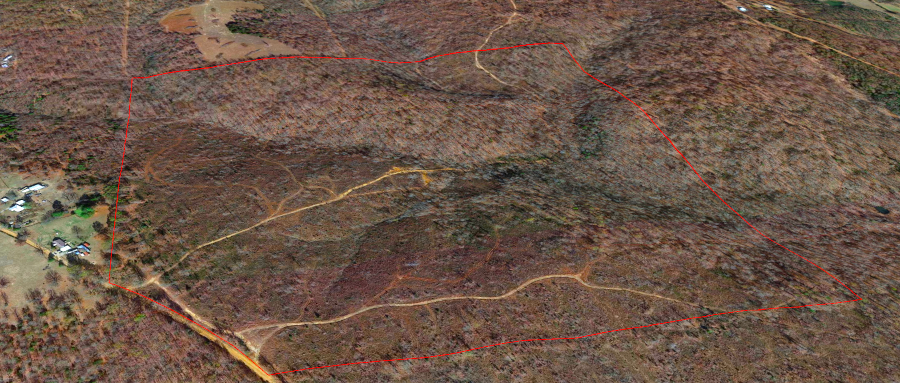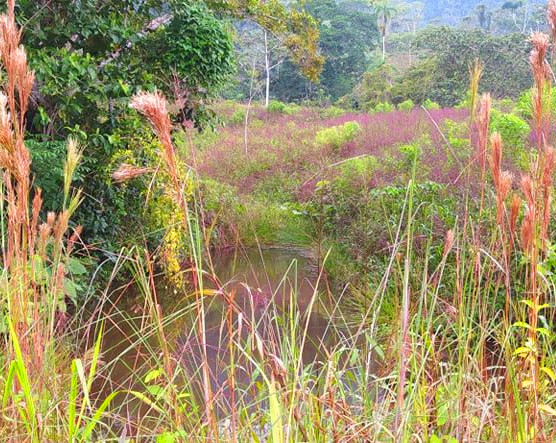If you’re reading our website, you’re probably interested in doing permaculture in southeast Ecuador, or at least in a tropical climate. Domesticated animals serve many important purposes in the homestead, so we will lay out which choices we’d recommend for your future homestead. In a future blog post we’ll do the same thing for fruits and vegetables, so you’ll know what you can and can’t grow in this climate.
General Principles
The tropics are wet. Our area does not get monsoon rain for 2 months straight like some parts of southeast Asia, but the rainy season does earn its name here. On top of that, the region is hilly. You have to think of soil fertility and erosion of topsoil.
Yes to the following:
- Small ruminant animals
- Birds that don’t scratch
- Anything that doesn’t dig or screw up your soil
Ease up on:
- LARGE ruminant animals
- Birds that scratch
- Pigs and other animals that dig extensively
What did I not say?
Just in case you misread the last section, let me be clear that I did NOT say you shouldn’t have cows, turkeys, etc. What I am saying is that you should base your domesticated animal population planning with soil fertility in mind.
That means, instead of NOT having cows, or having an entire herd of cows, you might have 1 or 2 cows grazing with your herd of hair sheep. Hair sheep (pelibuey, blackbelly, katahdin) are great for the humid tropics due to their lack of wool, and they are smaller so they don’t compact and turn the soil as much as massive cows.
And it means you might focus more on ducks and geese, whereas in a dry climate you might focus more on chickens and turkeys, and have a few ducks as a side interest.
What species are available?
It may be hard to find 39 different designer species of chickens like you can in the USA. But, in general, you have a variety of animals available, and a few breeds of each. If you spend some time searching and asking around, you can find some lesser-known breeds.
Ruminant Animals and Herbivores
It is easy to find horses, cows, donkeys, mules, goats, and sheep. For this climate, hair sheep breeds like pelibuey, blackbelly, and katahdin (which are all locally available) are more ideal.
Ecuadorians also commonly raise rabbits and guinea pigs, of which you can find several species.
Birds
Birds can be beneficial when you have insect problems. In the tropics, there are nasty insects such as bullet ants, that can bite you and cause lots of pain. Chickens and other birds patrolling your homestead can take care of these and reduce their population. Caterpillars can devastate the leaves of your young fruit trees, but ducks and chickens can devour these for breakfast.
There are various chicken breeds here, most commonly the “cubano” and “criollo,” though you can find others as well.
The best duck for this region is muscovy, since it is native to South and Central America, though you can find various other breeds.
Geese, guinea fowl, and quails are quite easy to find. Guinea fowl are excellent for scaring snakes (sneks?) from your homestead. Geese are great for protecting your ducks, and they eat grass, so they help you keep the weeds down.
Turkeys are not uncommon, though like I said previously, it’s best not to focus a lot of effort on large birds that scratch a lot, since soil matters. Remember, I didn’t say not to raise turkey! Many people do locally. It’s just more ideal for your soil to focus more on non-scratching waterfowl like ducks and geese.
Peacocks are easy to find for those who like a bit of flair in their homestead.
Emu and Ostrich both exist in Ecuador but might be a bit hard and expensive to source, and we are not sure if they would have any specific health issues in a wet climate
Fish
This author is not too familiar with raising fish, but it is very common in Ecuador to raise tilapia or trout in a manmade pond. It’s also quite easy to make a manmade pond if you rent an excavator. (We have a community excavator for rent at some of our community lands.)
Permaculture Considerations
To save you from watching hours of YouTube videos, I’ll introduce a few basic concepts:
- Mixed grazing – grazing different ruminant animals together helps to disrupt parasite life cycles in the manure
- Birds with ruminants – having various birds in the area of the ruminant animals helps reduce mosquitos and other insects that would bother the ruminants
- Birds with birds – mixed bird species together can help disrupt parasite life cycles, and they can perform different functions. Geese can protect ducks, guinea fowl can alert you to predators or intruders on your property.
- Pasture management – grazing small sections of pasture intensely then moving the herd each day helps conserve top soil as each section has more time to re-grow. It is also more efficient as it forces the animals to consume more of the grass and be less picky.
- Erosion control – Pasture lands can have rows of vetiver, fruit trees, and nitrogen-fixing shrubs or trees to help control soil erosion, provide shade for animals, or mounting points for tied animals or electric fencing.
- Clean and efficient feeding – nobody wants to feed glyphosate corn to their chickens and ducks, but it’s also hard to maintain a population with a good growth rate without buying it. You can incorporate things like kitchen compost, worm bins, black soldier fly bins, bananas, chopped banana stem hearts with dried yuca, local squach, and other things that are very easy to grow. We are working on efficient feed systems and will continue to develop and research in this area.
Did we miss anything?
Let us know if there is more information you’d like on this topic. Or, come on down to Liberty Homesteads and learn from us directly!








